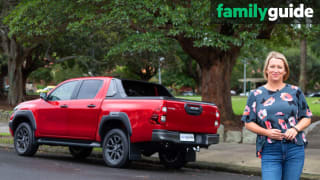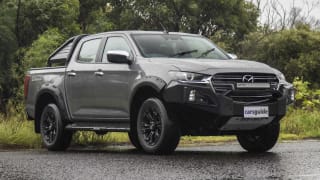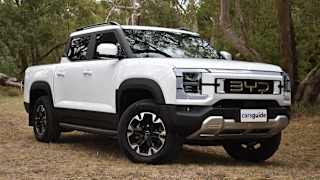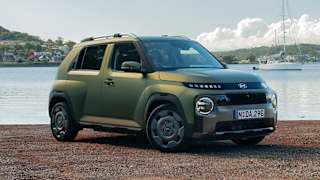What was I saying about it being aspirational? With a list price of $79,390 (MSRP - plus on-road costs), the Raptor X is the most expensive Ranger ute ever. It’s also almost five grand more than the first Raptor version that arrived in 2017.
You get a number of items for your hard-earned tax-write-off cash, though, with the bespoke widebody kit, Fox Shocks dampers front and rear with coil spring suspension at both ends, those sweet looking 17-inch alloy wheels with chunky 33-inch BF Goodrich KO2 all-terrain rubber (265/70/17), off road side steps, a model-specific exterior look including the F-O-R-D grille, red-edged ‘over the top’ stripes that are inspired by the Mustang muscle car that are applied to the bonnet, roof, tailgate and sides, plus there’s a black extended sports bar and red recovery hooks.
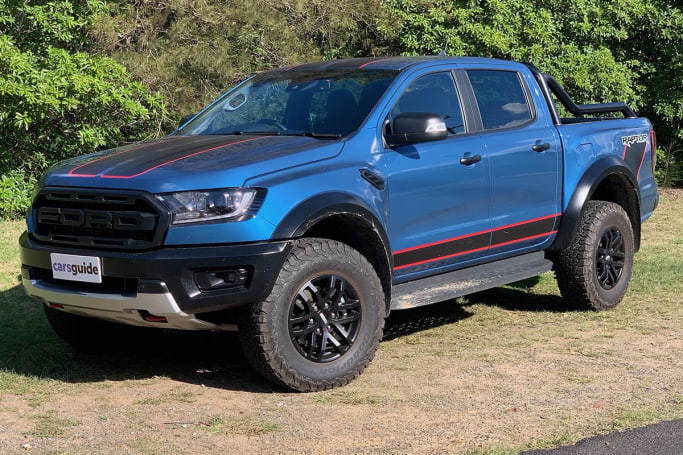
The red-edge theme runs inside the cabin with red stitching on the dashboard and steering wheel, and there are new interior trim finishes too, plug there are sports seats with a leather and suede finish and electric adjustment up front, and an 8.0-inch touchscreen with satnav and smartphone mirroring (Apple CarPlay and Android Auto), Bluetooth phone and audio streaming, a reversing camera, rear parking sensors, digital radio, keyless entry and push-button start.
There are some omissions when it comes to the safety spec list, though - see the details in that section below.
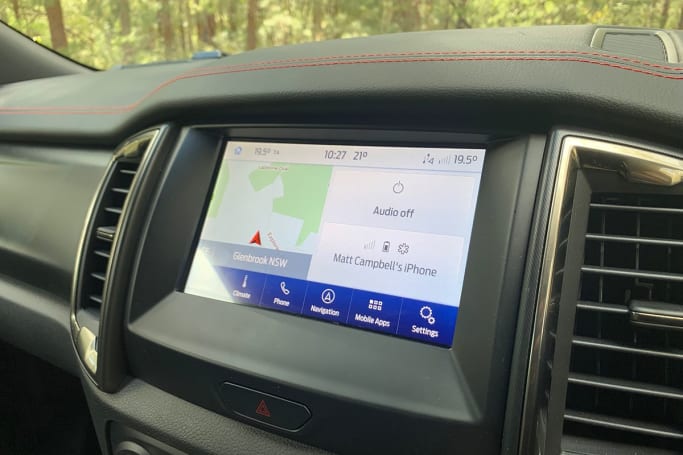
Considering which Ford Ranger Raptor X colours look best? Arctic White is the only no-cost paint, and you have three optional finishes ($650): Conquer Grey, Shadow Black or the hue you see here, Ford Performance Blue.












